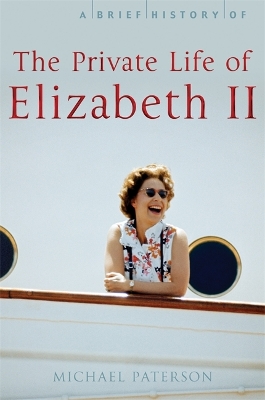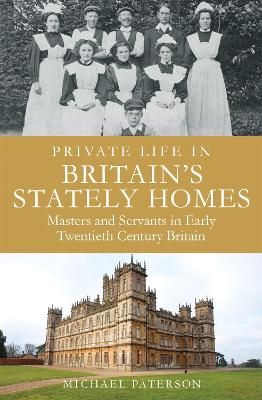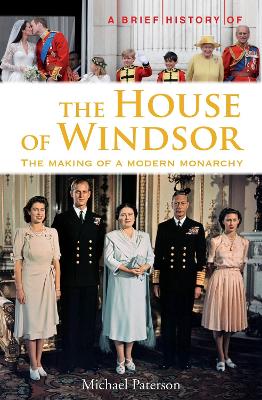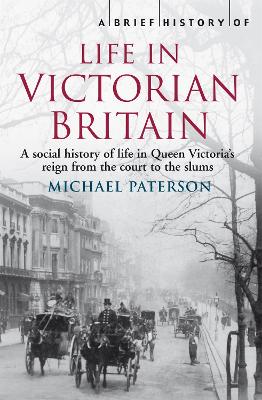Brief Histories
4 total works
Elizabeth II is within a few years of becoming the longest-reigning British monarch. A personally quiet, modest and dutiful person, she is far better-informed about the lives of her subjects than they often realize. She has known every Prime Minister since Winston Churchill and every American President since Eisenhower.Yet what of the woman behind the crown?
The book seeks to take a new look at this exhaustively-documented life and show how Queen Elizabeth became the person she is. Who, and what, have been the greatest influences upon her? What are her likes and dislikes? What are her hobbies? Who are her friends? What does she feel about the demands of duty and protocol? Is she really enjoying herself when she smiles during official events? How differently does she behave when out of the public eye? Examining the places in which she grew up or has lived, the training she received and her attitudes to significant events in national life, it presents a fresh view of one of recent history's most important figures.
The British monarchy may be over a thousand years old, but the House of Windsor dates only from 1917, when, in the middle of the First World War that was to see the demise of the major thrones of continental Europe, it rebranded itself from the distinctly Germanic Saxe-Coburg-Gotha to the homely and familiar Windsor.
By redefining its loyalties to identify with its people and country rather than the princes, kings and emperors of Europe to whom it was related by birth and marriage, it set the monarchy on the path of adaptation, making itself relevant and allowing it to survive.
Since then, the fine line trodden by the House of Windsor between ancient and modern, grandeur and thrift, splendour and informality, remoteness and accessibility, and influence and neutrality has left it more secure and its appeal more universal today than ever.
The Victorian era has dominated the popular imagination like no other period, but these myths and stories also give a very distorted view of the 19th century.
The early Victorians were much stranger that we usually imagine, and their world would have felt very different from our own and it was only during the long reign of the Queen that a modern society emerged in unexpected ways.
Using character portraits, events, and key moments Paterson brings the real life of Victorian Britain alive - from the lifestyles of the aristocrats to the lowest ranks of the London slums. This includes the right way to use a fan, why morning visits were conducted in the afternoon, what the Victorian family ate and how they enjoyed their free time, as well as the Victorian legacy today - convenience food, coffee bars, window shopping, mass media, and celebrity culture.
Praise for Dicken's London:
Out of the babble of voices, Michael Paterson has been able to extract the essence of London itself. Read this book and re-enter the labyrinth of a now-ancient city.' Peter Ackroyd



